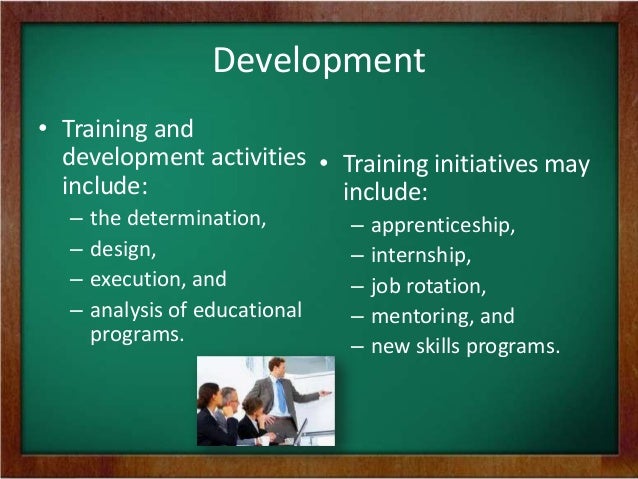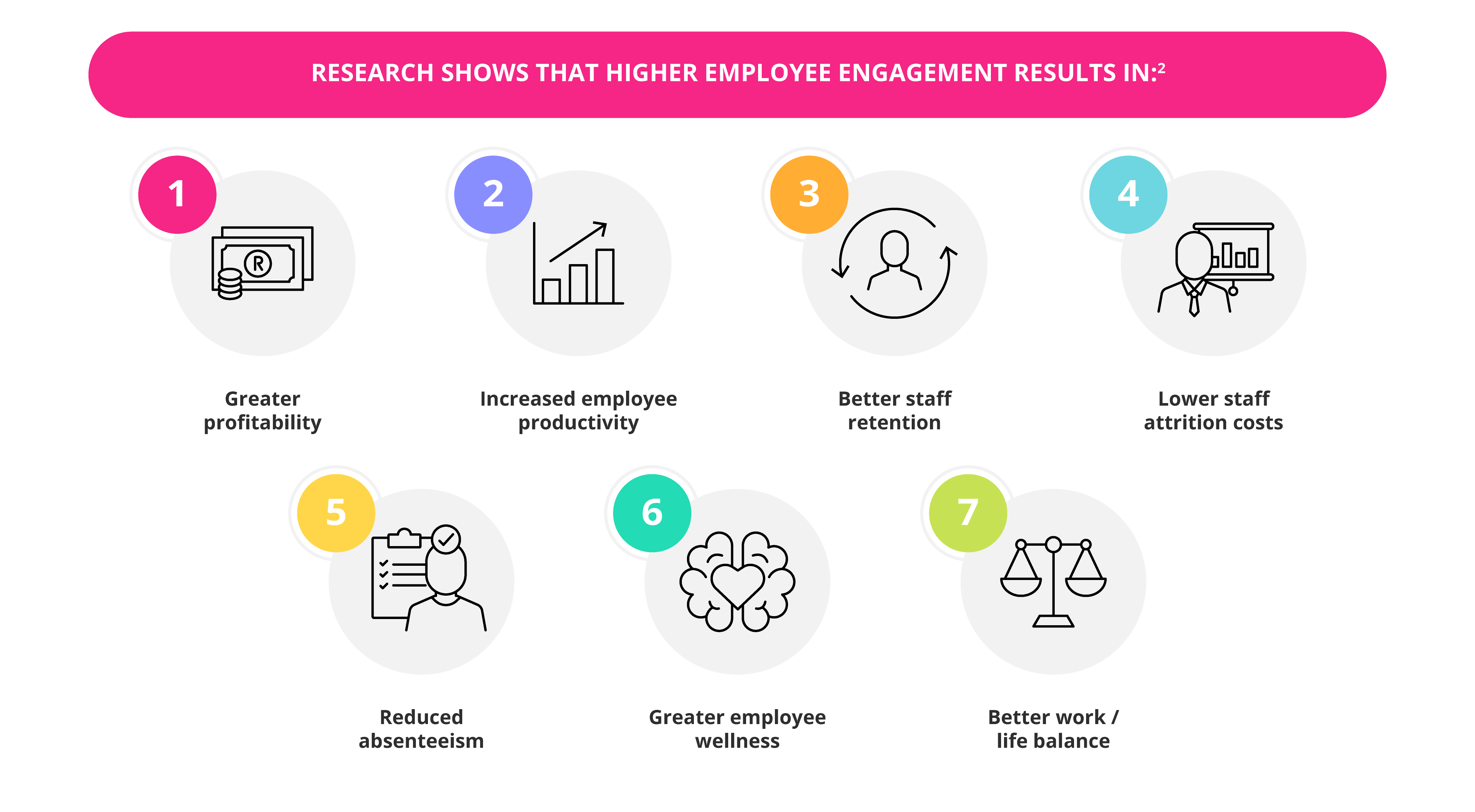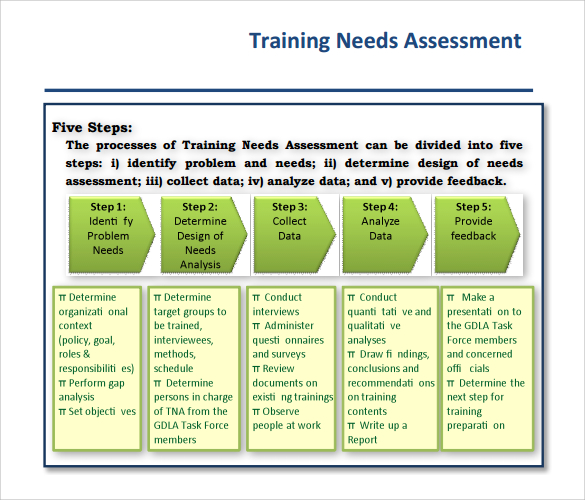Training And Development Presentation
| Introduction to Training and Development | ||
|---|---|---|
| Training and development is a crucial aspect of an organization's growth and success. It involves enhancing the skills, knowledge, and capabilities of employees. Effective training and development programs can lead to improved job performance and employee satisfaction. | ||
| 1 | ||
| Benefits of Training and Development | ||
|---|---|---|
| Increased employee productivity and efficiency. Enhanced employee engagement and motivation. Improved employee retention and loyalty. | ||
| 2 | ||
| Types of Training and Development | ||
|---|---|---|
| On-the-job training: Learning through practical experience and hands-on tasks. Classroom training: Formal training sessions conducted in a traditional classroom setting. Online training: Self-paced learning through digital platforms and e-learning modules. | ||
| 3 | ||
| Training Needs Assessment | ||
|---|---|---|
| Identify performance gaps and areas for improvement. Conduct surveys, interviews, and observations to gather data. Analyze the collected data to determine training needs and priorities. | ||
| 4 | ||
| Designing Training Programs | ||
|---|---|---|
| Establish clear learning objectives and desired outcomes. Select appropriate training methods, materials, and resources. Develop a comprehensive training plan and schedule. | ||
| 5 | ||
| Training Delivery Methods | ||
|---|---|---|
| Instructor-led training: Face-to-face training sessions led by an expert trainer. Blended learning: Combination of online and offline training methods. Virtual training: Remote training sessions conducted through video conferencing platforms. | ||
| 6 | ||
| Evaluating Training Effectiveness | ||
|---|---|---|
| Use pre and post-training assessments to measure knowledge gain. Collect feedback from participants through surveys or focus groups. Monitor post-training performance and behavior changes. | ||
| 7 | ||
| Continuous Development Opportunities | ||
|---|---|---|
| Encourage employees to pursue further education and certifications. Provide mentoring and coaching programs. Offer opportunities for job rotations and cross-functional training. | ||
| 8 | ||
| Return on Investment (ROI) of Training and Development | ||
|---|---|---|
| Improved employee performance leads to increased productivity and efficiency. Reduced turnover and recruitment costs. Enhanced organizational reputation and competitiveness. | ||
| 9 | ||
| Conclusion | ||
|---|---|---|
| Training and development is essential for organizations to stay competitive and adapt to changing business environments. It benefits both employees and employers, leading to improved performance and job satisfaction. Continuous investment in training and development is crucial for long-term success. | ||
| 10 | ||
| References (download PPTX file for details) | ||
|---|---|---|
| Noe, R. A. (2017). Employee Training and Deve... Goldstein, I. L., & Ford, J. K. (2002). Train... Your third bullet... |  | |
| 11 | ||









